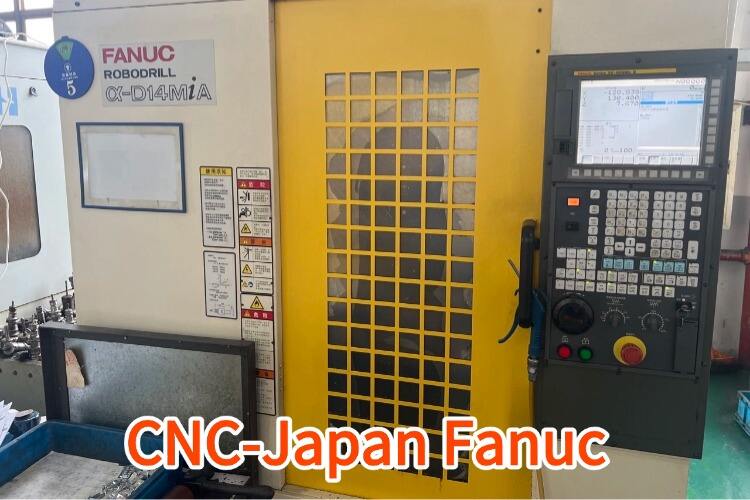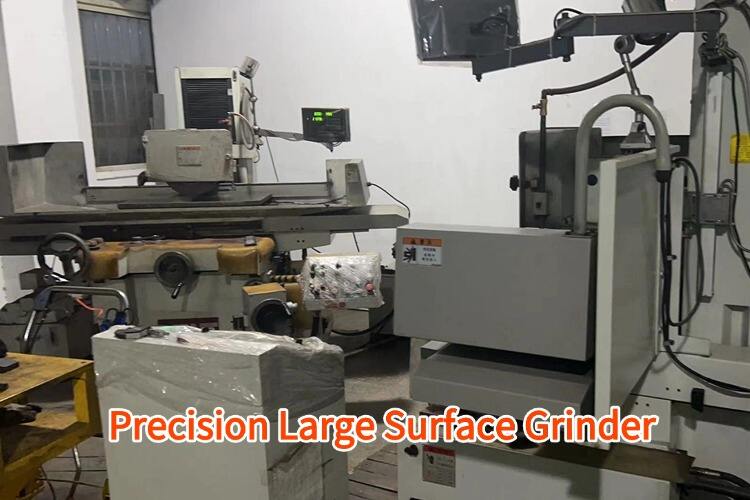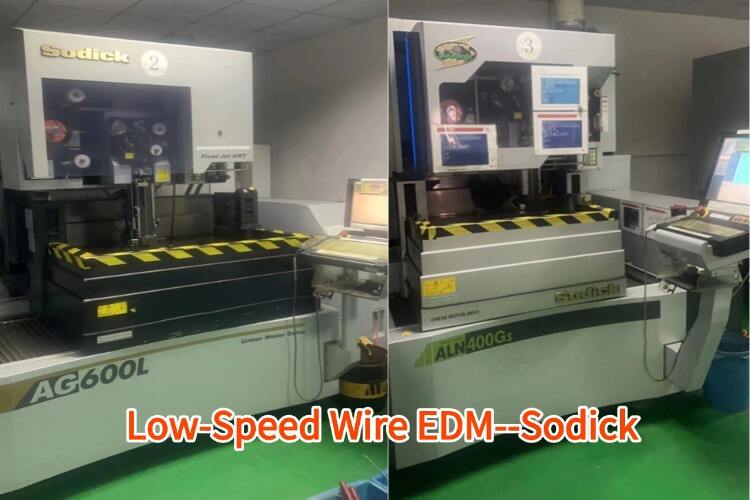what is cnc turning
CNC turning is a sophisticated manufacturing process that utilizes computer numerical control (CNC) technology to create cylindrical parts with precision and efficiency. This advanced machining method involves rotating a workpiece while a cutting tool removes material to achieve the desired shape and dimensions. The process is controlled by a computer program that guides the cutting tool's movements with exceptional accuracy, allowing for complex geometries and tight tolerances. CNC turning can handle various materials, including metals, plastics, and composites, making it versatile for diverse industrial applications. The technology incorporates multiple axes of movement, enabling the creation of both external and internal features such as threads, tapers, and contours. Modern CNC turning centers often integrate additional capabilities like live tooling and Y-axis milling, transforming them into comprehensive machining solutions. The automated nature of CNC turning ensures consistent quality across production runs, reduces human error, and allows for 24/7 operation when needed. This technology has revolutionized manufacturing by combining traditional lathe work with digital precision, making it indispensable in industries ranging from aerospace to medical device manufacturing.


